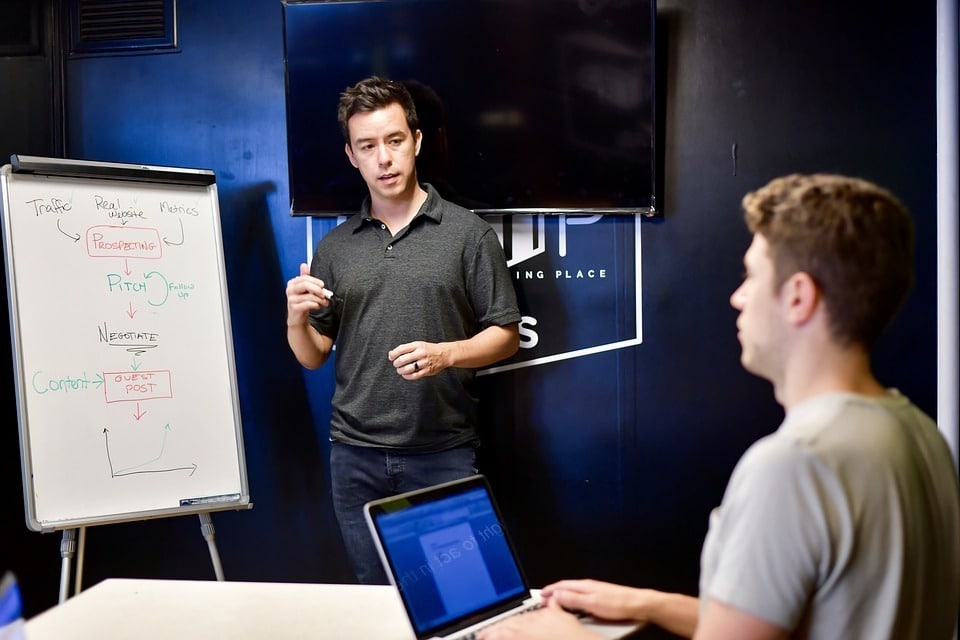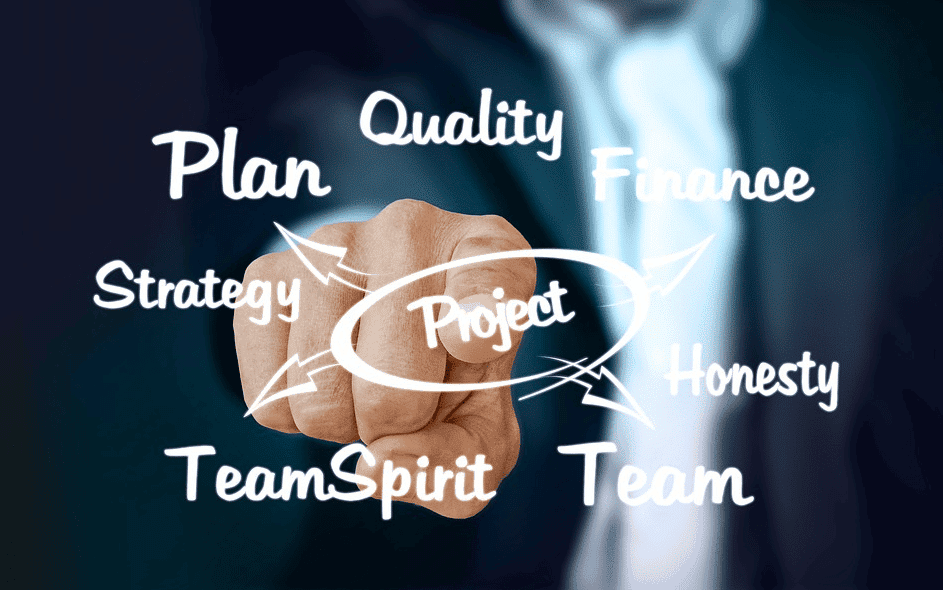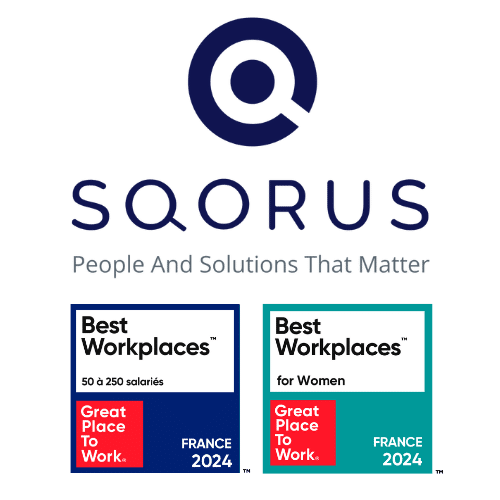Post modern ERP: integration and service continuity
While a post-modern ERP system is an excellent solution for many companies, it is commonly associated with a significant mobilization of IT specialists to perform the integration, operations monitoring and governance of the multiple stakeholders involved. One of the vital components of the pre- and post-integration phases is the management of ongoing monitoring of post-production operations.
Indeed, one or the other of the software components that you have integrated, can be modified by one of your suppliers. In this case, adjustments to your integration or initial configuration may be necessary.
The full awareness of this type of event, the design of action plans and the planning of procedures to be carried out, are all key success factors not only for the teams in charge of the life of the system, but also for integrating as quickly as possible the benefits of the evolutions (often planned by your suppliers) of the selected solutions.
Customization, a never-ending activity
In addition to the integration work, customizations and/or developments are sometimes required. Depending on the approach and the method used to carry them out, the response to requests for adjustments or changes made by the business lines can be more or less flexible.
Customization can be a core activity in a post-modern ERP, since its initial objective is to better serve special requests from departments, which themselves must adjust to competitive behavior, regulations, standards, restitutions, or requests from third parties, whether internal, partners or external.
ERP post modern : training
Although fully integrated, the use of different products and systems in a post-modern ERP means that user training can differ from one software package to another. Anticipating training needs, investing in the means and tools to provide them, and being informed of changes in functionality must be taken into account. Our experience very often leads us to apply continuous transformation monitoring approaches when supporting our customers.
The SLA (Service Level Agreements) of SaaS providers
The support provided by SaaS vendors and cloud hosting providers is likely to vary considerably. Even if your post-modern ERP system is integrated and tuned like clockwork, a single weak point in one of the chain’s applications or integration links can ruin the effectiveness, efficiency or even simple functioning of the whole.
Isolating the source of the problem can already be problematic, especially in a configuration of heterogeneous components. Circumventing and quarantining the object of the incident can sometimes be complex. Obtaining a fix or a permanent solution that is incompatible with the company’s operational requirements.
Based on our experience of helping our customers make the right choice, we believe it’s essential for any company embarking on a digital transition or a post-modern ERP to have a perfect grasp of the contractual service commitment clauses (what’s covered and what’s excluded) for each component in the chain.
It is also imperative to understand and take into account the risk of breach of warranty associated with the realization and commissioning of customizations or developments, even (and especially) if these were totally or partially realized by the supplier of the application or the incriminated tooling.
What is your business strategy?
Each postmodern ERP approach is different from the next. It is not necessary to embrace a global and exclusively postmodern approach. What really matters is that each company defines its own approach and that it meets its own expectations.
What steps should be taken when considering a post-modern ERP solution?
What steps should be taken when considering a post-modern ERP solution? Companies planning to embark on a post-modern approach need to carry out an impact study beforehand, and then evaluate the software or packages that will best harmonize with the urban planning and run as smoothly as possible within the existing application architecture and infrastructure.
Decision and selection support also takes into account the players who will be responsible for integrating, administering and maintaining the future configuration under operating conditions.
Large companies, particularly those committed to a new digital strategy, may find the postmodern approach rather attractive, when they have a solid budget combined with the in-house expertise to take on the realization, implementation and maintenance of such application packages.
Other companies that have already outsourced or limited their in-house IT capabilities, as well as mid-market companies with more modest budgets, may at first be put off by the effort involved. And yet, this is a tremendous opportunity to support growth and distance ourselves from players who would otherwise be bogged down in systems that are already totally unsuited to the uses of today’s employees.
Indeed, if the new configuration still requires manual interventions and data does not flow smoothly between system components, then a transition to a postmodern ERP is likely to be a counterproductive consumption of time and budget.
Sponsors’ commitment to the program
As is often the case when a company makes decisions that have an impact on the whole organization, a team of high-level sponsors needs to be involved. As a variety of different systems need to be interfaced into an integrated solution, the managers of the different departments impacted need to be able to influence the prioritization of processes within their scope of responsibility.
Evaluation of the systems under consideration
As the post-modern ERP concept implies the implementation of distinct solutions, a precise understanding of what each vendor offers (or doesn’t offer) is imperative.
Contractual, warranty and SLA conditions must be clearly understood, particularly if customizations and/or developments are envisaged, and if their in-house teams are capable of handling incidents when they occur.
Finally, if significant changes are made to SaaS solutions that are meticulously interfaced with the main solution, a new set of complex interfaces may become necessary.
Total cost of ownership analysis
The total cost of such an undertaking must be measured against alternatives that are more favorable to the balance sheet. The same is true for the comparison with the option to defer and “do nothing”.
For more information, contact our consultants who can help you assess the costs and opportunities associated with your situation. We will engage in understanding your strategy and assist you in defining an alignment plan prior to your technology decisions.
CFO and CIO: how to make a success of your Finance ERP project?
Get all the keys you need to successfully implement your ERP Finance project in complete security and involve the right stakeholders in your company. Boost your finance function with a high-performance ERP!
Also in our "ERP Finance" section
- ERP software definition: what is an ERP?
- What is the use of an ERP solution for the finance function?
- ERP finance: what do you need to know as a finance manager?
- CFO: what are the advantages of an ERP for the finance function?
- Finance software: which ERP to choose for your company?
- The challenges of a post modern ERP
- Optimize the management of administrative processes with an ERP solution
- Big data, data management, data analytics and ERP: what are we talking about?
- ERP finance: how to ensure data security?
- CFO and CIO: how to implement a successful finance ERP project?
- ERP finance project: who should be involved in the company?
- The different implementation phases of an ERP project
Contact
A project? A request?A question?
Contact us today and find out how we can work together to make your company’s digital future a reality.













